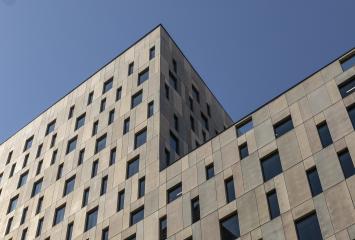The architects of the metaverse
A few months ago, we talked about the metaverse, and how it could be applied to the real estate sector along with its possible benefits and blue oceans to which it could give way. Thanks to the advancement of technology and companies like Facebook, which have already officially changed their name to 'Meta', as a clear positioning towards this new universe, new professional opportunities arise as well as sociological elements to consider.
Really, imagining what this virtual space will be like is not so far from what we have already been able to see previously in video games as popular in their day as Second Life, born in 2013, or the current phenomenon that is the cooperative game Fortnite.
Beyond this vision of leisure applicable to games or social networks, the reality is that these virtual spaces are becoming increasingly sophisticated and complete, since large companies are investing large sums in powerful structures to join this new reality. This will give way to not just one metaverse, but many of them that will be able to connect virtually, all of them regulated under the blockchain, the basis of the economy of this new ecosystem.
This new form of economy will give way to new business opportunities, but also to new professions and new ways of understanding a job, such as architecture.
There is no gravity in the metaverse
Until now, architects, engineers and other specialists have needed to take into account many variables when constructing a building, which is a clear reason why not everyone can build a skyscraper that changes the skyline of a city. Although this makes sense within a physical universe, it may not be relative in a digital universe where the laws of physics do not apply. In a scenario like this, many new typologies of architects not based on the physical and real could appear, who could create their spaces in the metaverse and even commercialize them.
On the other hand, this very fact, that of not having gravity, may not only remain within the barriers of the metaverse but also transcend it: allowing architects to experiment with material, shapes and weights, without the need to build to see it globally; and allowing them to conceptualize spaces that go beyond current barriers and even work collaboratively from anywhere in the world, through a fully immersive 3D experience that goes beyond current renderings and prototypes.

